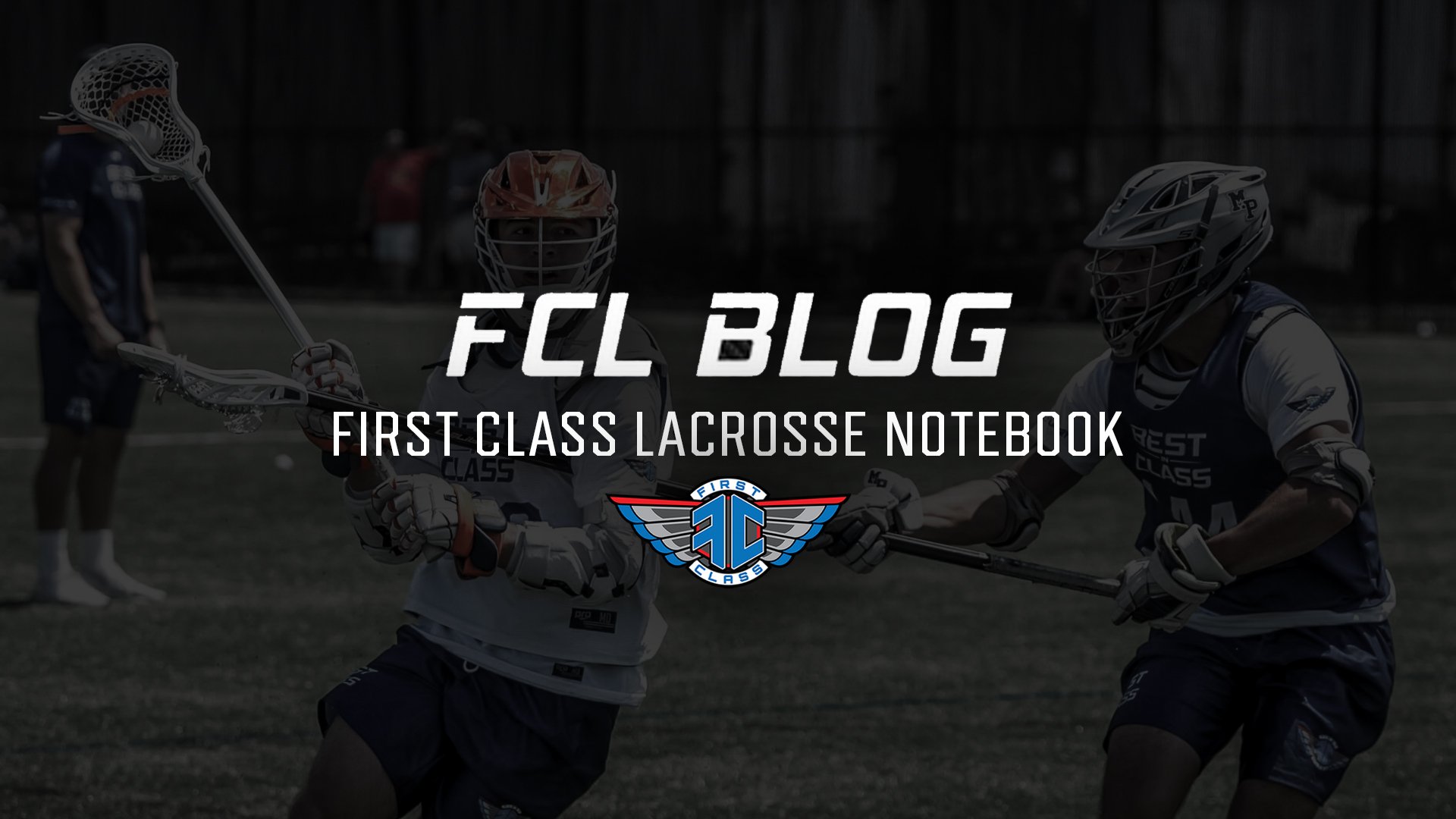Putting the Work in Alone
Going to a lacrosse trainer or shooting coach is certainly a good thing. They can help with the mechanics of your shooting motion or come up with...

Last night, I fired off a tweet, asking, "What are some of the most common coaching corrections or adjustments you find yourself saying to shooters in lacrosse?"
Whether you played lacrosse or not, you likely have an opinion on shooting because it is one of the main things in the sport you can relate to. Analogies to golf swings, a quarterback throwing, pitching motions, and more constantly litter discussions and thoughts around how to properly shoot. Some of the common ones I hear, and the ones that came up on our Twitter thread are:
The list goes on and on. As I head into my 7th year training and coaching players, I am working hard to constantly update my thoughts and opinions. One of the most impactful books I have read in my own development is "How We Learn to Move" by Rob Gray. It dives into the CLA approach, and I left very challenged with how "explicit" feedback impacts (or fails to impact) players.
The example that stuck with me from the book was about Tim Tebow, the NFL quarterback who had a longer throwing motion than other QB's. It is well written that his motion didn't translate to the NFL, and Rob pushes on the idea of offering an alternative method rather than the traditional method of explicit feedback and cues. Instead he suggests, "Let's develop a practice that lets him find a new pattern by changing the constraints, and pushes him to find the new solution."
As I bring this back to lacrosse, I have always felt that less is more when it comes to analyzing shooting technique and giving feedback. It is easy to overwhelm players with cues and it is easy to overthink as a player. Instead, I think it is crucial for players to learn the "feel" of simple adjustments and self-corrections they can make. By teaching them these over time, they can hopefully arrive at answers and solutions quicker. I find myself wanting to speak less and give less of my thoughts during trainings because I want players to have more of their thoughts. Instead of always being so compliant and doing what is told, I think the best players push their boundaries, explore and challenge old ways of doing things.
I made this Youtube Video to refresh off of last years' "Post Practice Shooting Routine." I gave you 4-5 simple drills you can do on your own after practice. In our new video below, I give you my cues that I focus on when I shoot. Hopefully you find some helpful information and learn some of your own self adjustments from this.
I'd love to hear what you think! As I grow as a coach, I continue to remind myself that what made me successful as a player doesn't always translate to the next player, so I am always trying to learn and embark on that "get better" journey with my players and groups I work with.
Check out our community and become a member to view drills, webinars, film breakdowns, courses and more. Use code BLOG15 for an exclusive discount to our membership community on Circle!
Going to a lacrosse trainer or shooting coach is certainly a good thing. They can help with the mechanics of your shooting motion or come up with...
In 2016, fresh out of college, close friend and training partner Ryan Brown and I started running shooting clinics nationwide together. Fast forward...
We are in the thick of the season, and shooting (and shooting slumps) are always a hot topic!